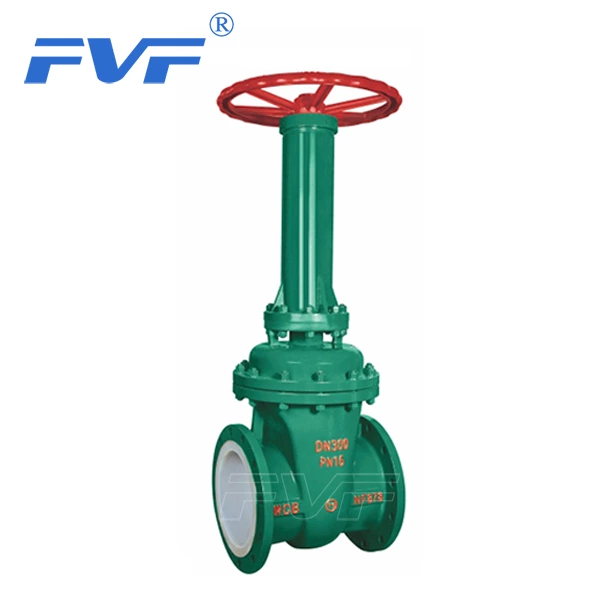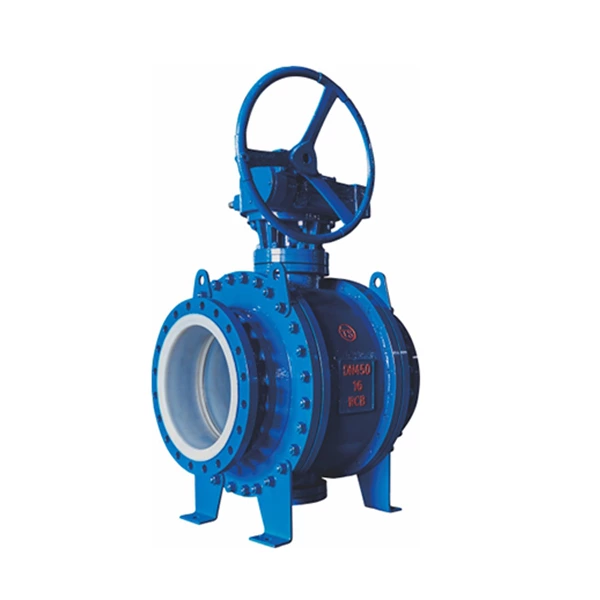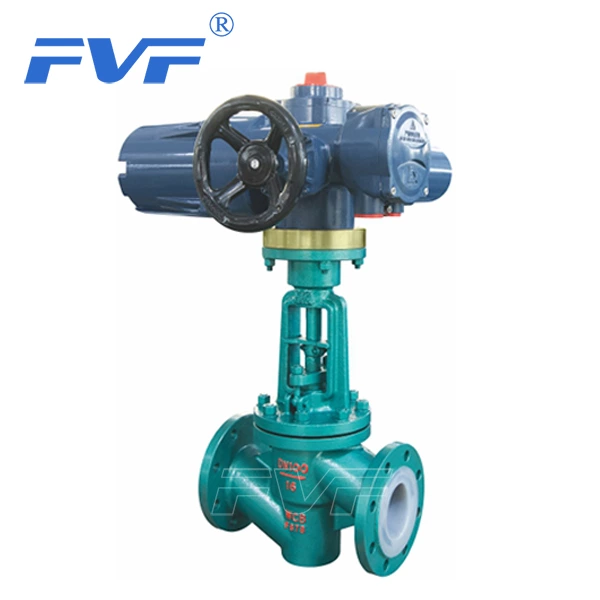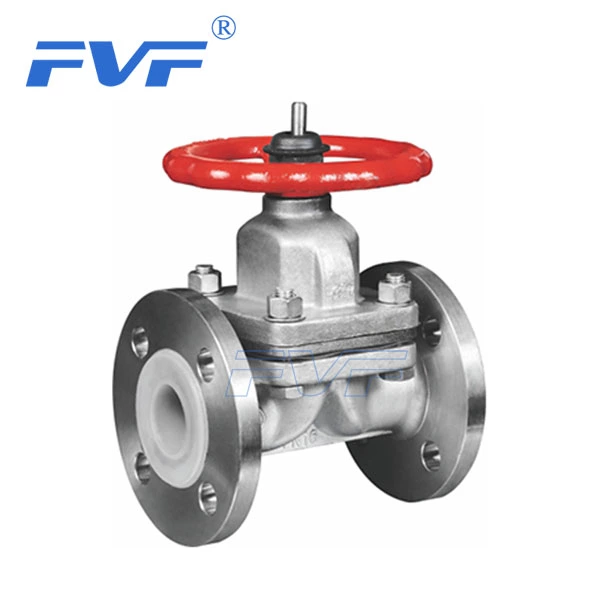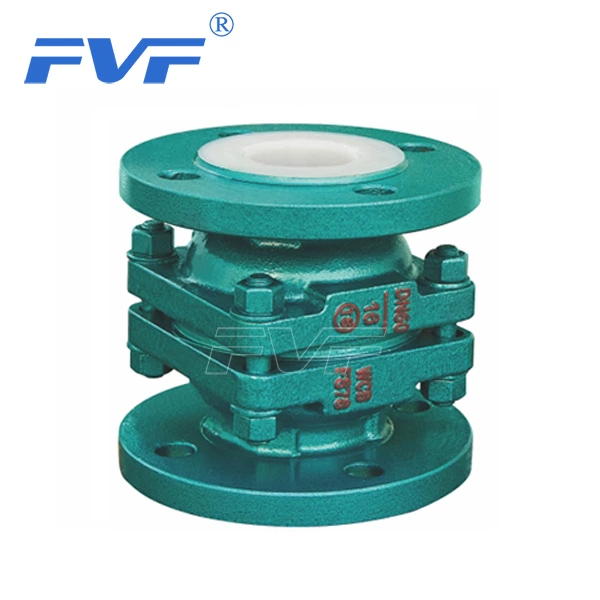Fluorine-lined gate valves have a short history but a high market position
The development of Lined Gate Valve can be described as extremely fast, just like the development of the United States. Although its history is short, its international status is very high. The same is true for fluorine-lined gate valves. Although its history is short, its market status is very high and it is widely used. It is the darling of many merchants.
The history of fluorine-lined gate valves is very short, and the real large-scale production is still in the past ten years, so there is no unified and specialized industry product standard. Generally, manufacturers refer to the steel valve standard for design and manufacture. In production practice, we continue to explore and summarize, formulate enterprise standards, and guide the design, manufacture and testing of fluorine-lined gate valves in accordance with enterprise standards. As we all know, fluoroplastics are thermoplastic materials with superior performance. They began to be used in the aerospace industry. Typical polytetrafluoroethylene (PTFE) materials have excellent heat resistance and cold resistance, and can be used for a long time in the range of -195℃ to 200℃. It has very good low friction and self-lubrication, excellent electrical insulation and excellent chemical stability, and can resist corrosion from various strong acids, strong alkalis and strong oxidants, and even "aqua regia", and is known as the "plastic king". Because fluoroplastics have these excellent properties, they are particularly suitable for making valve materials with strong corrosion resistance.
Because fluoroplastics have relatively low tensile strength and hardness, they are not suitable for valve shell materials alone, so they are usually used as lining materials. The shell materials of fluoro-lined gate valves are generally gray cast iron, ductile iron, carbon steel, and stainless steel. Gray cast iron is easy to break due to its low mechanical strength and is now less used.
The maximum force required to use the disengagement torque or axial force on the handwheel or wrench of the fluoro-lined gate valve should not exceed 360N. The wrench should not be longer than twice the length of the valve structure. If the buyer requires it, the valve should provide a locking mechanism. The locking mechanism should be designed to lock the valve in the open or closed position. Valves equipped with manual or power drives should provide a visible position indicator to indicate the open and closed positions of the closure. For plug valves and ball valves, the wrench or position indicator should be in a straight line with the pipeline when the valve is in the open position, and should be placed horizontally on the pipeline when the valve is in the closed position.
The operating device and stem extension assembly of the fluorine-lined gate valve should provide a method to prevent pressure accumulation in the mechanism caused by leakage of the valve stem or valve cover seal. External connections should be sealed, such as with gaskets or O-rings, to prevent foreign impurities from entering the mechanism. The drive device can be electric, hydraulic, or pneumatic; the connection surface between the device and the valve cover or valve stem extension device should be designed to prevent incorrect or improper assembly of parts; the output of the transmission device should not exceed the maximum load capacity of the valve drive chain. The valve stem should be designed with an anti-blowout mechanism to prevent the valve stem from blowing out under internal pressure after the valve stem packing or protective ring is removed.
